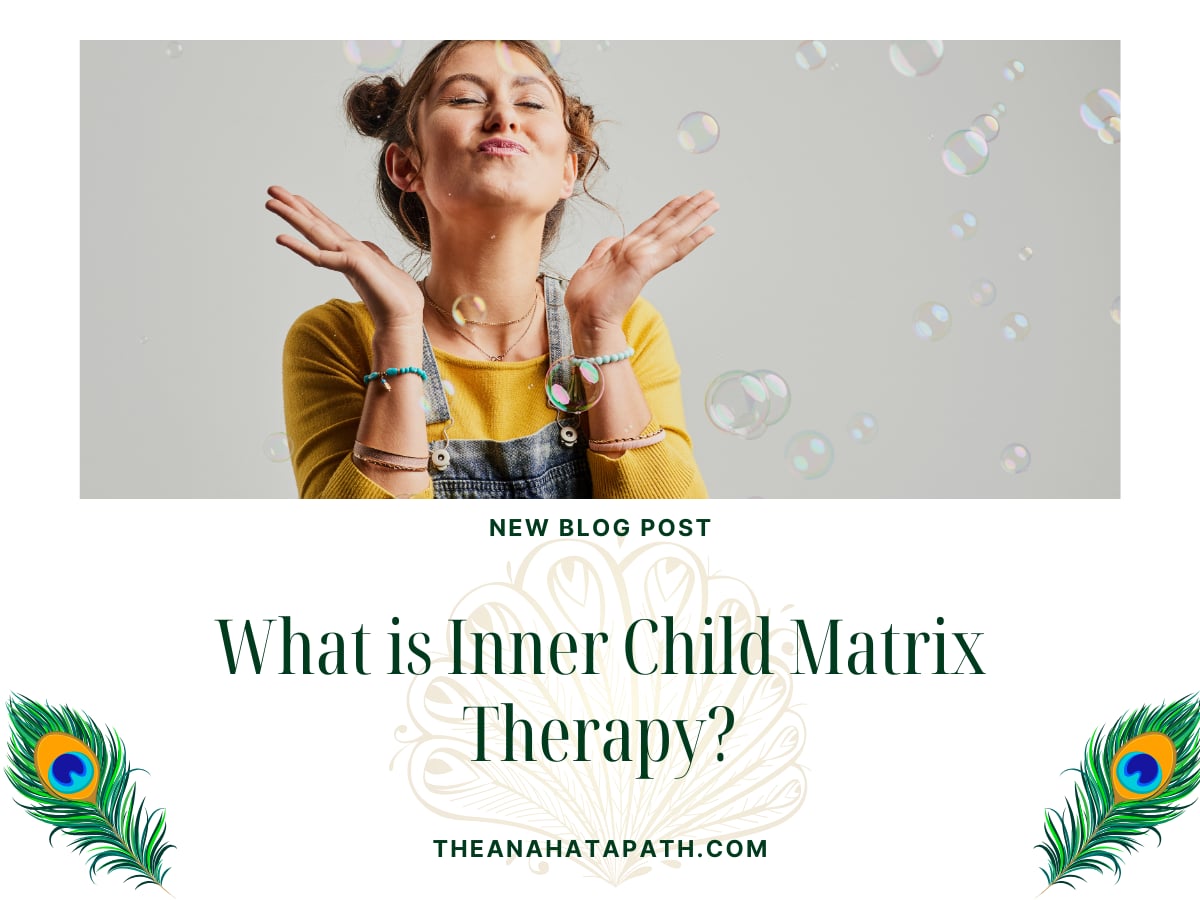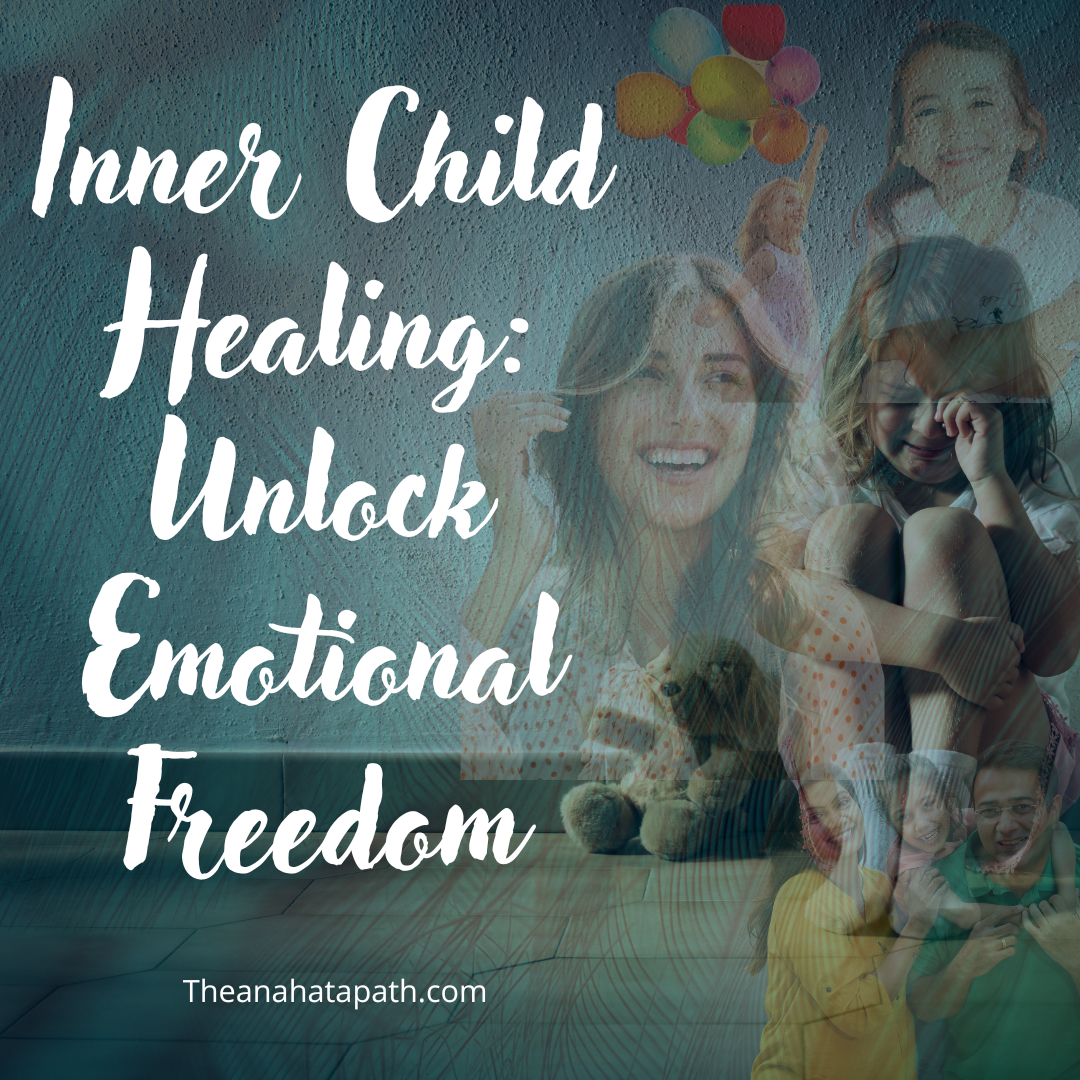Overview of Inner Child Matrix Therapy
Inner Child Matrix Therapy is an integrative therapeutic approach that combines elements of inner child healing, Emotional Freedom Techniques (EFT), quantum science, and epigenetics. This therapy aims to address and heal emotional and psychological issues rooted in past experiences, particularly those from childhood.
Core Principles
The therapy operates on several foundational principles:
- Finding the Root Cause: Identifying the origins of emotional pain or trauma.
- Changing Beliefs: Transforming limiting beliefs formed as a result of past experiences.
- Rewiring the Past: Utilizing techniques to alter how past events are perceived and processed.
- Setting the Future: Creating a positive outlook and intentions for future experiences.
Scientific Basis
The Inner Child Matrix utilizes scientific concepts such as:
- Epigenetics: Understanding how beliefs can affect gene expression and overall health.
- Memory Reconsolidation: The process of altering memories to change their emotional impact.
- Neurological Pathways: Establishing new, positive beliefs that can replace negative ones.
According to proponents, changing one’s beliefs can significantly impact physical health and emotional well-being, as highlighted by Bruce Lipton’s assertion that “Your belief contains more power than your reality”.
Therapeutic Benefits
Participants in Inner Child Matrix Therapy can experience a range of benefits, including:
- Healing from trauma related to allergies, infertility, abuse, and more.
- Developing empowering beliefs that enhance emotional resilience.
- Creating a supportive community for shared healing experiences.
- Gaining insights into personal challenges related to health, relationships, finances, and spirituality.
Training and Certification
Training in Inner Child Matrix Therapy typically requires prior completion of EFT Practitioner training. The program includes modules on:
- Introduction to the therapy and its scientific underpinnings.
- Techniques for gently uncovering and clearing past memories.
- Strategies for transforming limiting beliefs and healing trauma.
Certification is awarded upon successful completion of the training program.
How does Inner Child Matrix Therapy compare to traditional therapy
Inner Child Matrix Therapy (ICMT) and traditional therapy differ significantly in their approaches, techniques, and outcomes. Here’s a comparison based on various aspects:
Approach to Healing
- Inner Child Matrix Therapy: ICMT focuses on healing deep-rooted emotional traumas by addressing the “inner child,” which represents the emotional and psychological aspects of a person’s childhood experiences. It utilizes techniques such as Emotional Freedom Techniques (EFT) and emphasizes rapid transformation of beliefs and memories to create a compelling future. This method often aims for quicker results by integrating concepts from quantum science and epigenetics, which suggest that changing beliefs can alter emotional and physical health outcomes.
- Traditional Therapy: Conventional therapeutic approaches, such as Cognitive Behavioral Therapy (CBT) or psychodynamic therapy, typically involve longer-term processes. They often focus on understanding the origins of emotional issues through talk therapy, exploring past experiences in depth, and developing coping strategies over time. The healing process is generally more gradual, emphasizing insight and self-awareness as pathways to change.
Techniques Used
- Inner Child Matrix Therapy: ICMT employs a blend of EFT, visualization techniques, and energy work to facilitate emotional release and reprogramming of beliefs. Practitioners help clients access and heal their inner child, allowing for a direct confrontation with past traumas in a supportive environment. This method is designed to achieve noticeable results in a shorter time frame.
- Traditional Therapy: Traditional methods may include talk therapy, behavioral interventions, and sometimes medication management. Therapists guide clients through discussions about their feelings, thoughts, and behaviors, helping them to gain insights into their issues over time. The techniques are often less focused on immediate emotional release compared to ICMT.
Outcomes
- Inner Child Matrix Therapy: Proponents claim that ICMT can lead to rapid improvements in anxiety, depression, PTSD, and other emotional disorders. Studies have shown significant reductions in symptoms after using EFT combined with inner child work. Clients often report transformative experiences that enable them to move forward with greater clarity and confidence.
- Traditional Therapy: While traditional therapies can be effective over time, they may not always provide immediate relief from symptoms. Progress can vary widely among individuals, depending on the nature of their issues and their engagement with the therapeutic process. Long-term benefits often require sustained effort and commitment.
What Are The Main Benefits Of Using Inner Child Matrix Therapy Over Traditional Therapy
Inner Child Matrix Therapy (ICMT) offers several distinct benefits compared to traditional therapy. Here’s a summary of the main advantages:
1. Rapid Transformation of Emotional Issues
ICMT integrates techniques such as Emotional Freedom Techniques (EFT), which have been clinically proven to provide quicker relief from symptoms such as anxiety and PTSD. Studies indicate significant improvements, with a 91% reduction in anxiety symptoms and a 90% reduction in PTSD symptoms reported among participants using EFT alongside inner child work. This contrasts with traditional therapy, which often requires a longer duration to see similar results.
2. Holistic Healing Approach
ICMT emphasizes a holistic view of healing, addressing not only emotional wounds but also physical manifestations of trauma. It aims to regulate the nervous system and meridian system, thereby promoting overall well-being. Traditional therapy may focus primarily on cognitive or emotional aspects without integrating these physical dimensions.
3. Empowerment and Self-Discovery
ICMT encourages individuals to reconnect with their inner child, fostering self-compassion and self-acceptance. This process empowers clients to reclaim their sense of agency and personal power, helping them set healthy boundaries and improve relationships. Traditional therapy may also promote self-discovery but often does so through more gradual insight-oriented methods.
4. Breaking Generational Patterns
Inner Child Matrix Therapy can help individuals identify and heal generational trauma, addressing patterns that may have been passed down through families. This aspect of ICMT allows for transformative change not just for the individual but potentially for future generations as well. Traditional therapy may touch on these themes but often does not focus explicitly on generational healing.
5. Integration of Modern Science
ICMT incorporates concepts from quantum science and epigenetics, suggesting that changing beliefs can influence emotional and physical health outcomes. This scientific backing provides a contemporary framework for understanding trauma and healing, which may resonate more with some clients compared to traditional therapeutic models that rely heavily on established psychological theories.
Whether you are seeking personal healing or looking to cultivate a more compassionate, heart-led approach in your organization, The Anahata Path is an invitation to awaken the heart, release the past, and step into a life—and a world—guided by love and wisdom.



